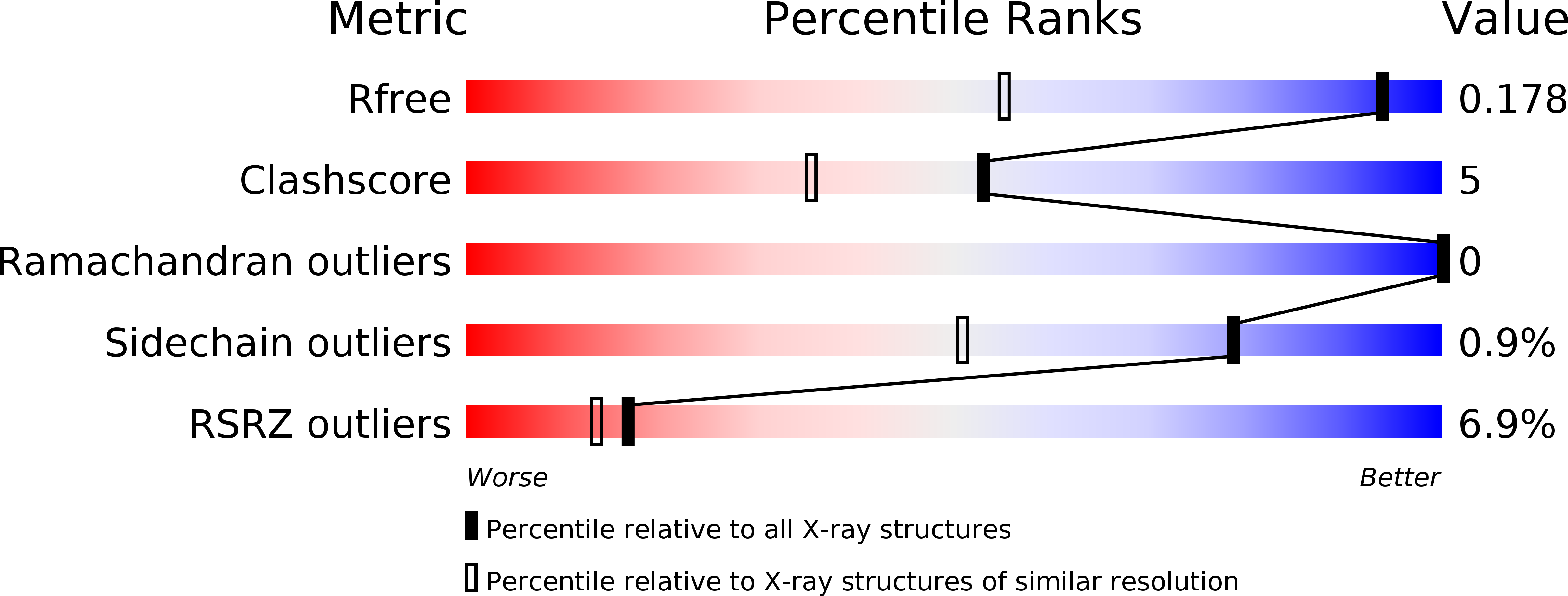
Deposition Date
2017-02-23
Release Date
2017-06-07
Last Version Date
2024-01-17
Entry Detail
PDB ID:
5N8A
Keywords:
Title:
Structure of RPA70N in complex with PrimPol (fragment 480-560)
Biological Source:
Source Organism:
Homo sapiens (Taxon ID: 9606)
Host Organism:
Method Details:
Experimental Method:
Resolution:
1.28 Å
R-Value Free:
0.17
R-Value Work:
0.15
R-Value Observed:
0.15
Space Group:
P 21 21 21


